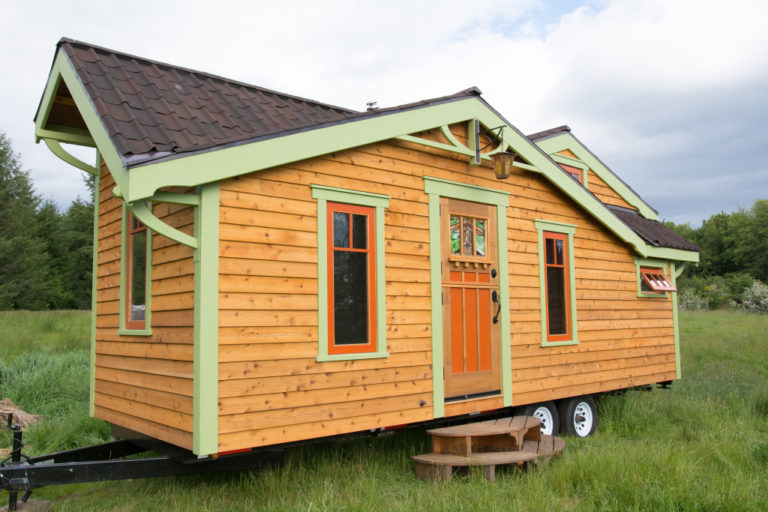A big house definitely has a lot to offer than a small one. There are lots of rooms enough for multiple generations. It could command a higher reselling price. Inviting friends and relatives over is never a problem. You could use the rooms for diverse purposes.
But do you know that living in a small house is not entirely unappealing? In fact, with the coronavirus pandemic, 56% of Americans have considered living in a tiny home far from crowded areas. They cited the following reasons for their decision:
- It improves relationship
- It is environmentally healthy
- It is affordable
- It is low-maintenance
- It is mobile
But if you have been living in a big house for half of your life and suddenly decided to live in a smaller unit, limited space is obviously a problem. As the tiny house movement is becoming a trend, interior designers offer hacks to maximize a small space. Are you ready for them?
1. Build hanging cabinets
Install hanging cabinets to free up spaces. Use wooden materials instead of glass for precautionary measures. Treat your soil with pesticide against termites for long-lasting protection. Attach bigger cabinet knobs to open them easily.
2. Mount your TV
It is noteworthy that TV manufacturers have introduced flat televisions to suit today’s trend in home designs. Hanging your monitor occupies less space and prevents small children from bumping their heads. So it is a win-win situation for all.
3. Declutter regularly
Set a regular schedule for decluttering. One policy that works effectively is discarding an old belonging before buying a new one. This would give space for the new stuff. Another rule that you could abide by is, clothes that have not been worn for a year should go to donation.
4. Construct a basement
It may seem impossible given a limited area. But most tiny homeowners are now built on foundations to give way for a basement. A basement can serve a lot of functions. It could be used for entertainment, office, or as an extra bedroom. Decide the intended purpose of the basement ahead. A lot of basement finishing jobs would depend on how you plan to use the basement in the future.
5. Erect high ceilings
Not only will high ceilings create an illusion of a big house, but it is also a way of cooling your house. The best roof materials to make your small house cooler include ethylene propylene diene monomer (EPDM roofing membranes), slabs, terra-cotta tiles, concrete tiles, metal, and ceramic.
6. Use the space under the stairs
Space under the stairs could serve as a storage room for shoes, coats, old books, and toys. Or for the Christmas trees and decors. You would be surprised how the space beneath the stairs could hold so many items if designed well.
7. Paint the walls white

No color can give your house a wide look than white. It brightens the room that has small windows. Painting other rooms with light or pastel colors would also make the house look larger than it really is.
8. Opt for practical furniture and appliances
The market is flooded with multifunctional furniture. Buying a sofa bed is a good choice. Converting it to a sofa in the daytime saves up the floor area, which can otherwise be used as a play or work area. Using a bed with built-in shelves is a good idea for book storage. An orbit or a wall fan saves a lot of space than a stand fan.
9. Add lofts and more lofts
Lofts are a very flexible feature of a tiny house. You could build it over your kitchen ceiling, living room, or as an in-between room. They could serve as an activity area, study nook, or home office. Putting the right amount and pieces of furniture could do the tricks for you.
10. Install mirrors
Like glasses, mirrors can make any room bigger. If space is lacking windows or natural light, then mirrors are the answer. Make sure that they are tightly fastened to the wall to avoid future accidents.
More and more American families and millennials choose to live in small houses. The rising cost of real estate and the prohibitive price of maintaining a bigger house are just some factors that contributed to the tiny house movement. The biggest challenge is, of course, the lack of space. But with a bit of creativity and resourcefulness, a house, no matter how tiny, can be as functional as a big house. After all, a building doesn’t make a home; love does.

